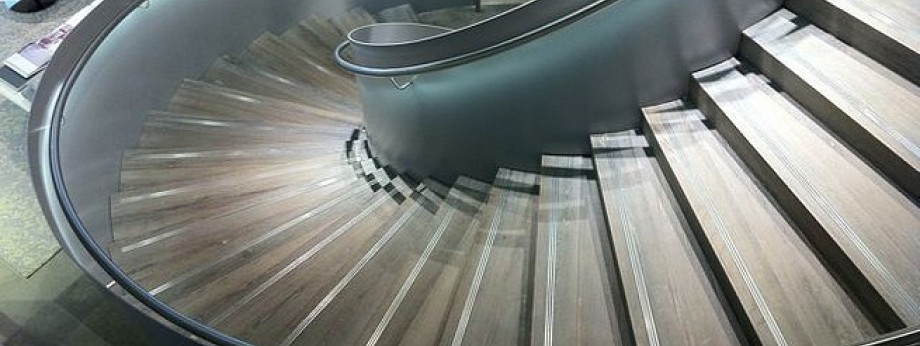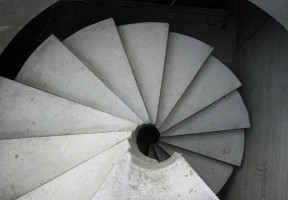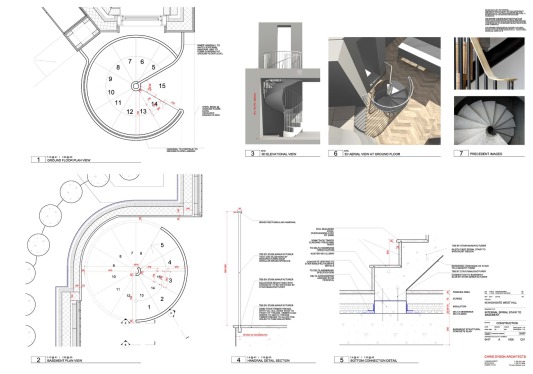
SPIRAL CONCRETE STAIRCASES
A spiral concrete staircase is a striking addition to any build.
Spiral concrete stairs are
1. Space saving- A great idea where space is of a premium
2. Aesthetic appeal - Visually striking, adds a contemporary or retro feel
3. Versatile- Can be finshed with many different types of materials
4. Hard wearing- A solid concrete stair is extremely durable.
The image below has an internal diameter of 150mm.
The stair turns around on itself by 360 degrees.
To give you an idea of size, the whole stair
sat inside an 1800 mm x 1800 mm opening.
Secured at the head and the base of the stair,
a spiral can be freestanding, not supported anywhere else.
Your stairs can also have a solid concrete, central column like the image below.
This will fill the central void and negate the need for a hand-rail.
This column can also be used for support to negate the need of outer support walls.
Below is a project where we constructed a concrete spiral stairs on a huge new build in Totteridge, London. A very tight inner radius, a very challenging project, but the end product was Amazing. Microcement was added to all concrete surfaces and the balustrade was a powder coated cast steel spindles, topped off with American ash handrail.
Brief history of Spiral stairs
People believe that Spiral staircases are a modern design!
They could not be more wrong.
Spiral stairs have been around for centuries, dating back to the Old Testament.
There is a mention of one being a feature in King Solomon's temple.
This would imply they were in use around 1,000 years BC.
The oldest spiral staircase that is still standing can be found in Rome.
This is at Trajan's column, it has 185 steps and was built around 113 AD.
The earliest spiral stairs were built into walls and made of stone or marble.
It is believed the Ancient Romans introduced spiral stairs as a feature on many castles.
This was a defence tactic as the stairs as so narrow.
This would also leave little space for attackers to wield their weapons.
This would also prevent a mass attack as only one attcker could climb the stairs.
Furthermore, anyone ascending the stairs in a castle, they would turn a clockwise
direction. This meant their right hand (weapon arm) would be tight against the
narrowest part of the stairs, close to the central pole.
This made it practically impossible for any attacker to be able to use their sword.
Anyone defending the castle would have far more freedom to strike downwards.
Below are examples of some of the many Spiral concrete stairs we have worked on.

















